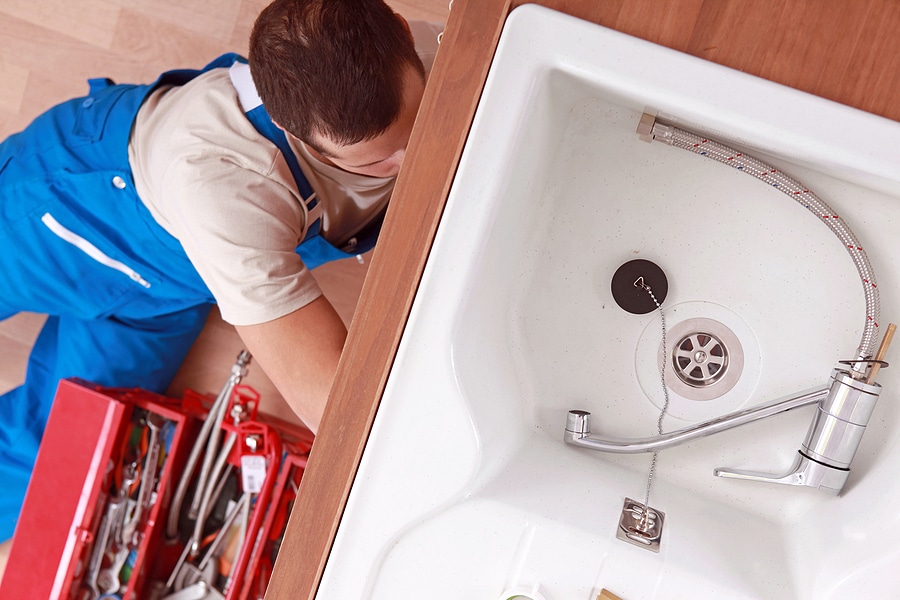Plumbing inspections are one of the most overlooked aspects of home maintenance, yet they play a crucial role in safeguarding your property. Whether you live in a newly built house or a century-old home, your plumbing system is a vital component that demands regular attention. From preventing costly drain cleaning repairs to ensuring the health and safety of your family, plumbing inspections serve as a proactive measure that can save you both time and money.
Understanding the Purpose of a Plumbing Inspection
A plumbing inspection involves a thorough evaluation of your entire plumbing system by a licensed professional. This process typically includes checking all visible and accessible pipes, faucets, fixtures, water heaters, toilets, and drainage systems. The goal is to identify any existing issues, potential risks, or signs of wear and tear that could escalate into major problems.
Inspectors are trained to detect issues that the average homeowner may not notice. Slow leaks, pipe corrosion, low water pressure, and early signs of blockages can often go undetected until they cause significant damage. By identifying these problems early, a plumbing inspection can help maintain the efficiency and longevity of your system.
Preventing Costly Water Damage
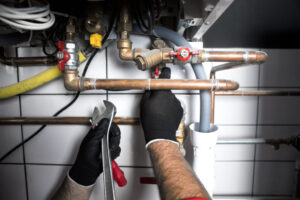 Water damage is one of the most expensive repairs a homeowner can face. A small leak hidden behind a wall or under a sink may not seem like a big deal at first. However, over time, it can lead to mold growth, structural damage, and thousands of dollars in repair costs. Plumbing inspections are instrumental in catching such issues before they escalate.
Water damage is one of the most expensive repairs a homeowner can face. A small leak hidden behind a wall or under a sink may not seem like a big deal at first. However, over time, it can lead to mold growth, structural damage, and thousands of dollars in repair costs. Plumbing inspections are instrumental in catching such issues before they escalate.
During an inspection, the plumber checks for hidden leaks and assesses the integrity of pipes and joints. This can help prevent burst pipes during colder months or under high pressure. Early detection is the key to avoiding emergencies that can disrupt your daily life and strain your budget.
Improving Water Efficiency
A well-maintained plumbing system contributes significantly to water conservation. Many households unknowingly waste gallons of water each day due to dripping faucets, running toilets, or inefficient appliances. Plumbing inspections help identify these inefficiencies, allowing homeowners to make necessary upgrades or repairs.
Replacing old fixtures with water-saving models, fixing leaks promptly, and ensuring that appliances like dishwashers and washing machines are functioning efficiently can lead to substantial savings on water bills. Not only does this benefit your wallet, but it also contributes to environmental conservation.
Ensuring the Health and Safety of Your Household
A faulty plumbing system can pose serious health risks. For instance, a sewer line issue can lead to the backflow of contaminated water into your home, creating unsanitary conditions. Mold and mildew resulting from unnoticed leaks can also cause respiratory problems, especially for individuals with allergies or asthma.
During a plumbing inspection, the professional evaluates the safety of your water supply and checks for potential contamination sources. They also assess water heater settings to ensure safe temperatures, reducing the risk of scalding. These inspections provide peace of mind that your family is not being exposed to hidden dangers.
Adding Value to Your Property
If you’re planning to sell your home, a recent plumbing inspection can be a valuable asset. Prospective buyers often want assurance that the home’s essential systems are in good condition. A clean bill of health from a licensed plumber demonstrates that the property has been well-maintained.
Providing documentation of regular plumbing inspections can also prevent delays during the home inspection process that typically occurs during a sale. It shows transparency and can potentially speed up the transaction while helping you negotiate a better price.
Avoiding Unexpected Repairs and Emergencies
One of the biggest benefits of regular plumbing inspections is the ability to catch minor problems before they become emergencies. Burst pipes, clogged drains, and water heater failures rarely happen without warning. Often, they are the result of small issues that were ignored over time.
Routine inspections create a maintenance history that helps professionals spot patterns and vulnerabilities in your plumbing system. This allows you to plan ahead for repairs or replacements instead of being caught off guard. Preventive care is always more cost-effective than emergency response.
Extending the Life of Your Plumbing System
Plumbing systems are designed to last for decades, but like any part of your home, they need regular care to reach their full lifespan. Pipes, seals, joints, and fixtures all wear down over time. Without inspections and maintenance, these components may fail prematurely.
By scheduling routine plumbing inspections, you ensure that every part of your system remains in good working order. This proactive approach reduces the likelihood of large-scale replacements and helps you get the most value from your original investment. It also promotes consistent performance, so you don’t experience fluctuations in water pressure or quality.
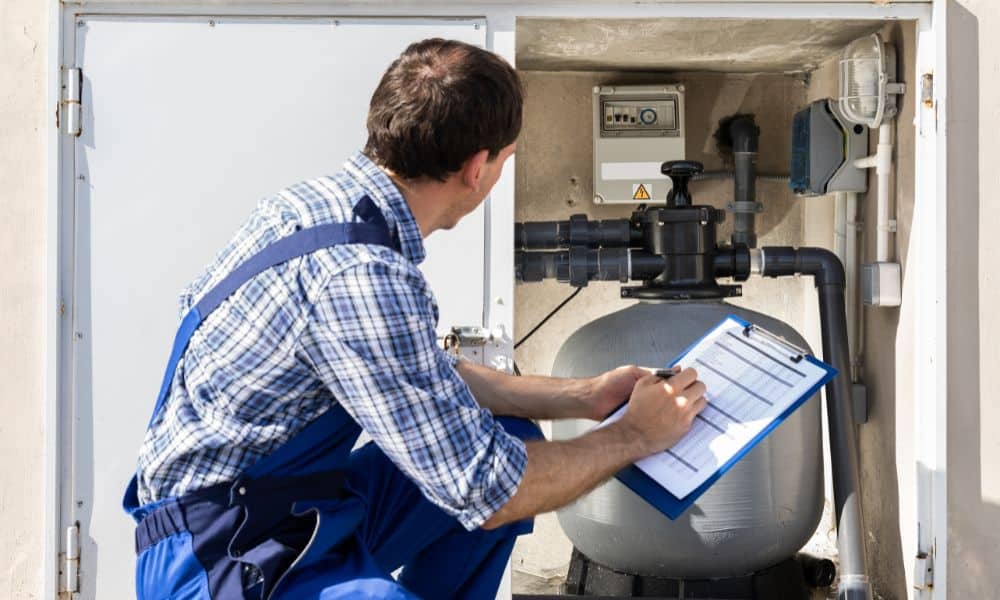
Ideal Timing for Plumbing Inspections
Many homeowners wonder when they should schedule a plumbing inspection. While annual inspections are generally recommended, certain life events or property changes may warrant additional checks. For example, if you’re purchasing a new home, a plumbing inspection should be part of the pre-purchase evaluation. Similarly, after major renovations or natural disasters, it’s wise to assess the system’s condition.
Older homes with aging plumbing may require more frequent checks. Seasonal changes, especially before winter, are also a good time for inspections to prevent freeze-related damage. Consulting a licensed plumber can help you establish a schedule tailored to your home’s unique needs.
Working with a Qualified Plumbing Professional
Choosing a qualified and experienced plumber for your inspection is critical. Not all plumbing issues are visible, and it takes expertise to detect underlying problems. A reputable plumber will use specialized tools, such as video camera inspections for sewer lines, to provide a comprehensive overview of your system.
Building a relationship with a trusted plumbing service provider also means you have someone to call in case of future concerns. They’ll be familiar with your system and better equipped to offer timely and accurate solutions.
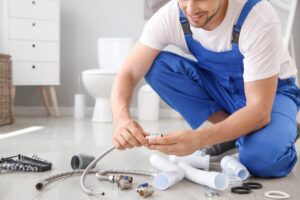 common misconception about low-flow fixtures is that they sacrifice functionality for conservation. However, advances in plumbing technology have made it possible to design fixtures that use less water but still provide excellent performance. Low-flow showerheads, for example, can deliver satisfying water pressure while using almost half the amount of water compared to older models. Similarly, faucets and toilets have been redesigned to maximize flow efficiency, making them just as effective for daily use.
common misconception about low-flow fixtures is that they sacrifice functionality for conservation. However, advances in plumbing technology have made it possible to design fixtures that use less water but still provide excellent performance. Low-flow showerheads, for example, can deliver satisfying water pressure while using almost half the amount of water compared to older models. Similarly, faucets and toilets have been redesigned to maximize flow efficiency, making them just as effective for daily use.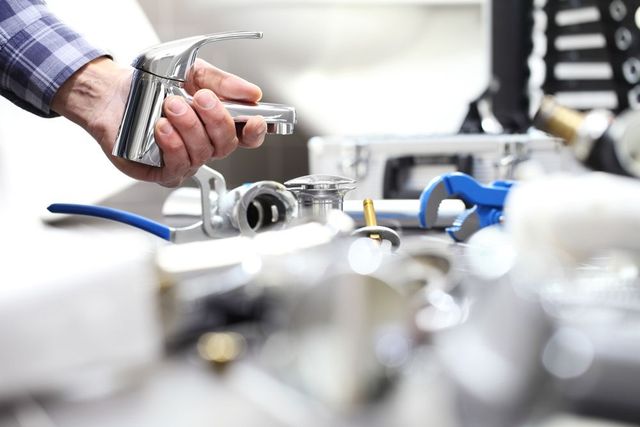
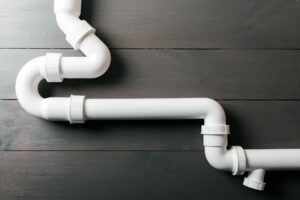 Every time you wash your hands, take a shower, or use the toilet, you’re interacting with your home’s plumbing system. It’s a complex network of pipes, fixtures, and appliances that ensure water is delivered where you need it and waste is taken away. The system includes both supply and drainage components, and each plays a unique role. Clean water enters your home through the supply lines, while used water and waste exit through the drainage system. Understanding this basic flow helps you better appreciate the value of regular maintenance and how problems can escalate when neglected.
Every time you wash your hands, take a shower, or use the toilet, you’re interacting with your home’s plumbing system. It’s a complex network of pipes, fixtures, and appliances that ensure water is delivered where you need it and waste is taken away. The system includes both supply and drainage components, and each plays a unique role. Clean water enters your home through the supply lines, while used water and waste exit through the drainage system. Understanding this basic flow helps you better appreciate the value of regular maintenance and how problems can escalate when neglected.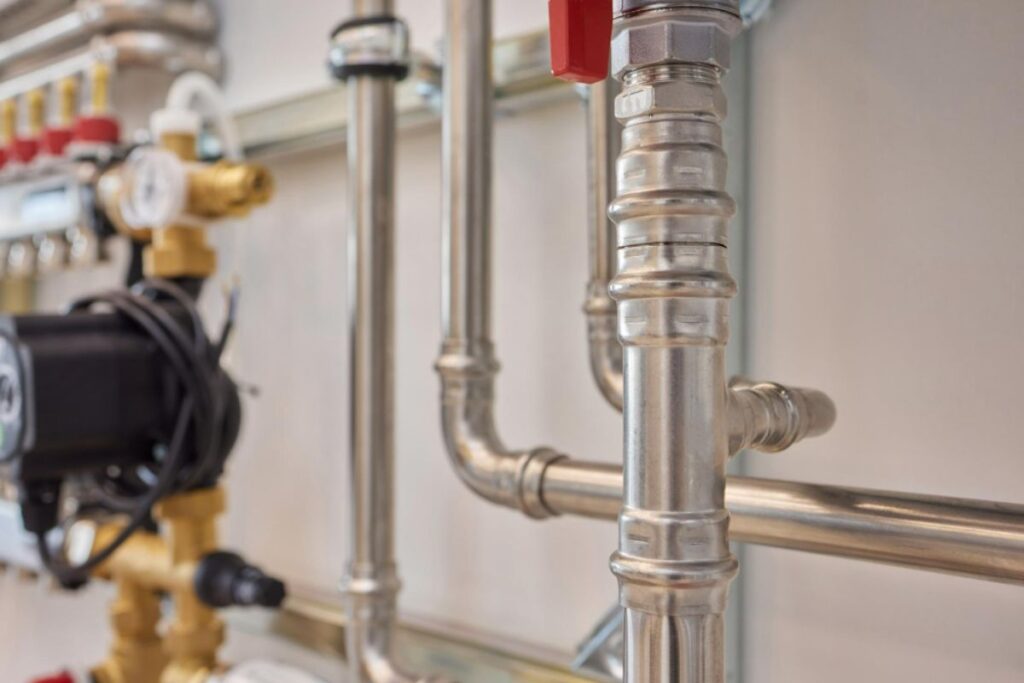
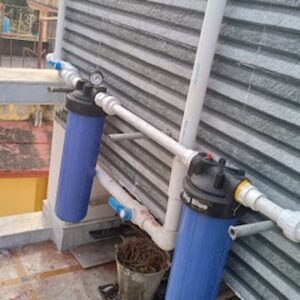 What starts as a small drip can quickly escalate into structural issues. Water is incredibly invasive; when left unchecked, it can seep into floors, walls, and ceilings, compromising the integrity of your home. That tiny leak under the kitchen sink might seem harmless, but over time it can rot cabinetry, destroy flooring, and even weaken foundation supports if left unresolved.
What starts as a small drip can quickly escalate into structural issues. Water is incredibly invasive; when left unchecked, it can seep into floors, walls, and ceilings, compromising the integrity of your home. That tiny leak under the kitchen sink might seem harmless, but over time it can rot cabinetry, destroy flooring, and even weaken foundation supports if left unresolved.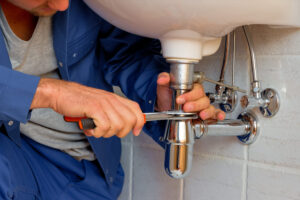 Few things disrupt a household like a plumbing emergency. Whether it’s a burst pipe, an overflowing toilet, or no access to clean water, these issues quickly throw your daily routine into chaos. From morning showers to cooking dinner, plumbing plays a critical role in everyday comfort and convenience.
Few things disrupt a household like a plumbing emergency. Whether it’s a burst pipe, an overflowing toilet, or no access to clean water, these issues quickly throw your daily routine into chaos. From morning showers to cooking dinner, plumbing plays a critical role in everyday comfort and convenience.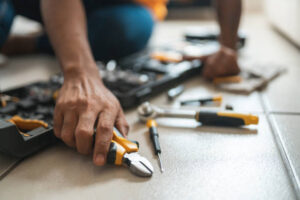 The environmental impact of plumbing begins with the materials selected for pipes and fixtures. Traditionally, plumbing systems have relied heavily on copper and PVC (polyvinyl chloride) piping. Copper, although durable and recyclable, requires intensive mining and manufacturing processes that contribute to greenhouse gas emissions and habitat destruction. On the other hand, PVC is inexpensive and easy to install, but its production releases harmful dioxins and other toxic chemicals into the environment.
The environmental impact of plumbing begins with the materials selected for pipes and fixtures. Traditionally, plumbing systems have relied heavily on copper and PVC (polyvinyl chloride) piping. Copper, although durable and recyclable, requires intensive mining and manufacturing processes that contribute to greenhouse gas emissions and habitat destruction. On the other hand, PVC is inexpensive and easy to install, but its production releases harmful dioxins and other toxic chemicals into the environment.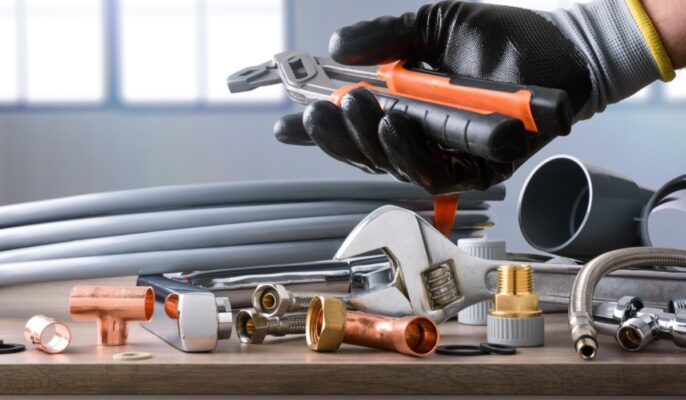
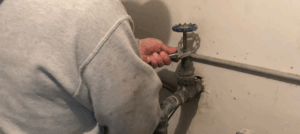 Before getting your hands dirty, it’s essential to understand what a water softener does. These systems work by replacing minerals like calcium and magnesium—which cause hardness—with sodium or potassium ions. This process, known as ion exchange, helps prevent mineral buildup in pipes and appliances. Most water softeners come with a mineral tank, a brine tank, and a control valve that manages the entire process. Familiarizing yourself with these components will make the installation smoother.
Before getting your hands dirty, it’s essential to understand what a water softener does. These systems work by replacing minerals like calcium and magnesium—which cause hardness—with sodium or potassium ions. This process, known as ion exchange, helps prevent mineral buildup in pipes and appliances. Most water softeners come with a mineral tank, a brine tank, and a control valve that manages the entire process. Familiarizing yourself with these components will make the installation smoother.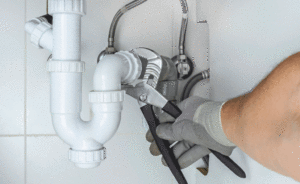 With the system powered and filled, it’s time to restore water flow. Slowly open the main water valve to allow water to enter the softener. Carefully inspect all fittings and connections for leaks. If everything appears watertight, run a few faucets in the house to flush out air from the pipes. After a few hours of operation, test your water using a hardness test strip. If installed correctly, the test should show significantly reduced hardness levels.
With the system powered and filled, it’s time to restore water flow. Slowly open the main water valve to allow water to enter the softener. Carefully inspect all fittings and connections for leaks. If everything appears watertight, run a few faucets in the house to flush out air from the pipes. After a few hours of operation, test your water using a hardness test strip. If installed correctly, the test should show significantly reduced hardness levels.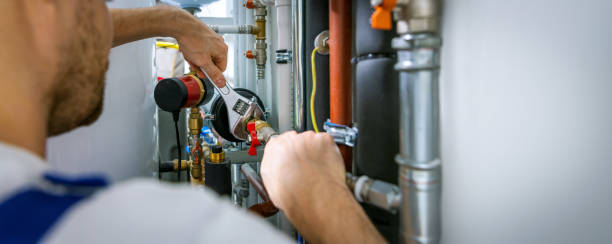
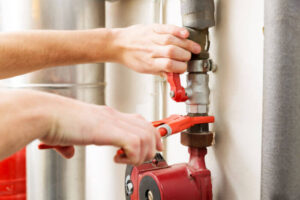 If you live in a climate where temperatures dip below freezing, winterizing your plumbing system is crucial. Frozen pipes can burst and lead to significant water damage. Make sure outdoor faucets are drained, hoses are disconnected, and exposed pipes are insulated. Inside the home, keep your thermostat set to a consistent temperature and open cabinet doors to let warm air circulate around pipes.
If you live in a climate where temperatures dip below freezing, winterizing your plumbing system is crucial. Frozen pipes can burst and lead to significant water damage. Make sure outdoor faucets are drained, hoses are disconnected, and exposed pipes are insulated. Inside the home, keep your thermostat set to a consistent temperature and open cabinet doors to let warm air circulate around pipes.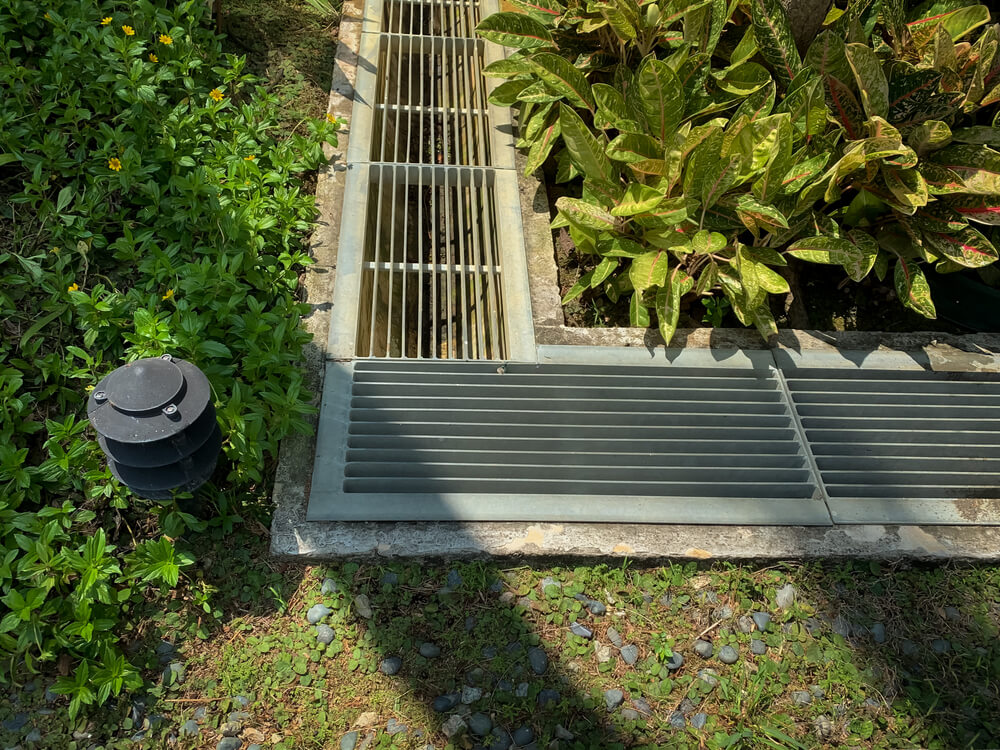
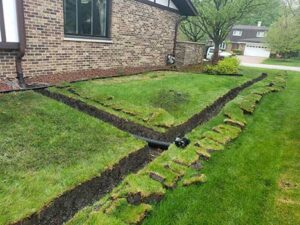 There are various landscaping strategies that can enhance drainage and improve the overall health of your garden. These solutions often involve modifying the landscape to allow for better water movement and absorption.
There are various landscaping strategies that can enhance drainage and improve the overall health of your garden. These solutions often involve modifying the landscape to allow for better water movement and absorption.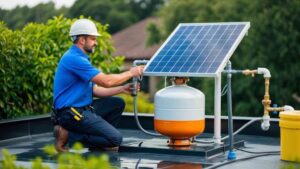 One of the most significant benefits of eco-friendly plumbing solutions is water conservation. With the global water supply under increasing pressure due to population growth, climate change, and pollution, it is essential to reduce water waste wherever possible. Traditional plumbing systems often rely on outdated fixtures that use more water than necessary. Eco-friendly plumbing solutions, however, use innovative technologies designed to reduce water consumption without sacrificing performance.
One of the most significant benefits of eco-friendly plumbing solutions is water conservation. With the global water supply under increasing pressure due to population growth, climate change, and pollution, it is essential to reduce water waste wherever possible. Traditional plumbing systems often rely on outdated fixtures that use more water than necessary. Eco-friendly plumbing solutions, however, use innovative technologies designed to reduce water consumption without sacrificing performance.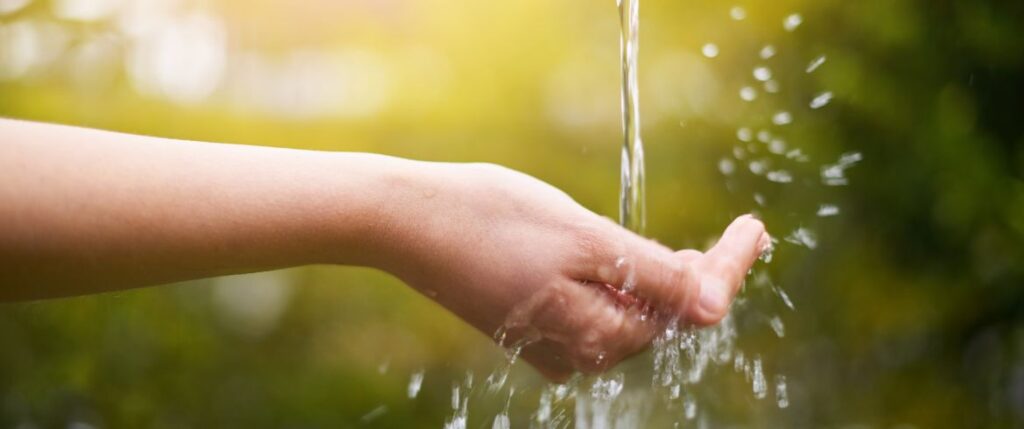
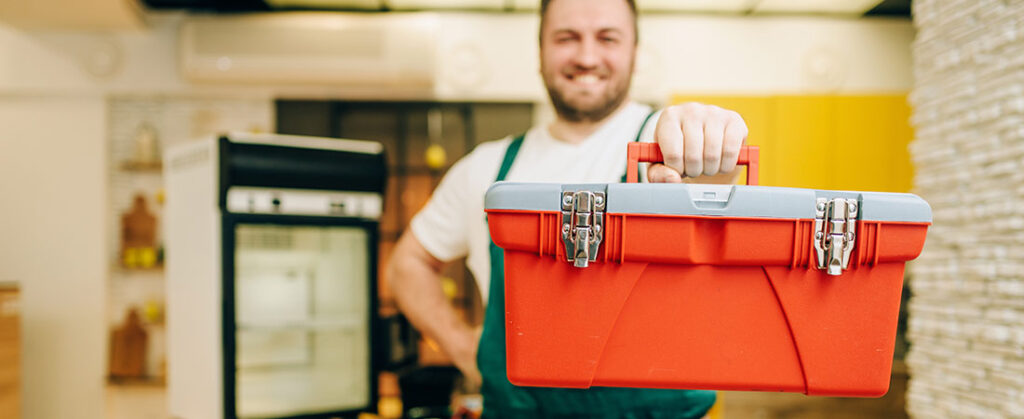
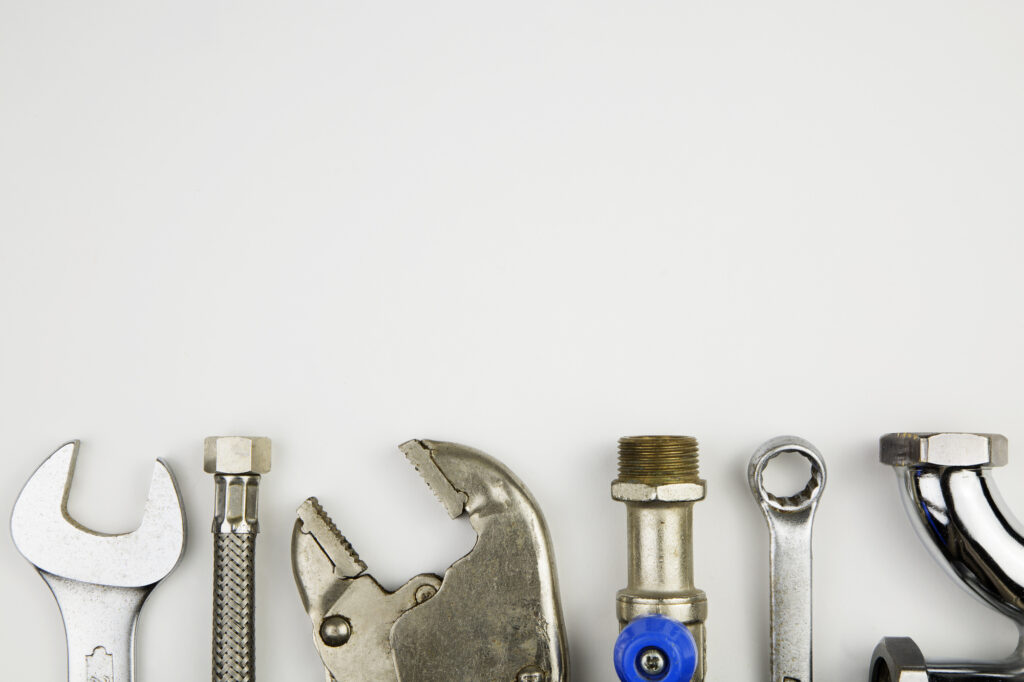 Pipe Threader: For tasks involving threaded pipes, a pipe threader is a must-have tool. It allows you to cut threads onto the ends of pipes, which are required for connecting fittings. This tool is especially useful when working with steel or iron pipes.
Pipe Threader: For tasks involving threaded pipes, a pipe threader is a must-have tool. It allows you to cut threads onto the ends of pipes, which are required for connecting fittings. This tool is especially useful when working with steel or iron pipes.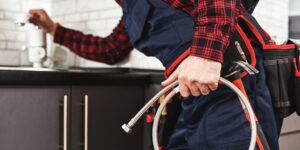 Before diving into the specifics of plumbing upgrades, it’s essential to understand why improving your system can be beneficial. Many older homes have plumbing that may not be as efficient as newer systems. Outdated pipes, fixtures, and appliances may be wasting water, energy, and money. For example, old water heaters can use more energy to heat water, and leaky pipes can cause water damage and waste a significant amount of water. By upgrading key components of your plumbing, you can experience immediate and long-term benefits, including reduced water consumption, lower energy bills, and a more reliable plumbing system.
Before diving into the specifics of plumbing upgrades, it’s essential to understand why improving your system can be beneficial. Many older homes have plumbing that may not be as efficient as newer systems. Outdated pipes, fixtures, and appliances may be wasting water, energy, and money. For example, old water heaters can use more energy to heat water, and leaky pipes can cause water damage and waste a significant amount of water. By upgrading key components of your plumbing, you can experience immediate and long-term benefits, including reduced water consumption, lower energy bills, and a more reliable plumbing system.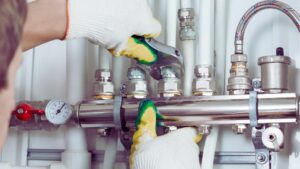 Maintaining optimal water pressure is crucial for efficient plumbing. High water pressure can cause strain on your pipes, leading to leaks and other damage over time. Installing a water pressure regulator can help maintain a consistent and safe water pressure throughout your home. This can reduce the wear and tear on your plumbing system, as well as prevent issues such as noisy pipes and inefficient water flow.
Maintaining optimal water pressure is crucial for efficient plumbing. High water pressure can cause strain on your pipes, leading to leaks and other damage over time. Installing a water pressure regulator can help maintain a consistent and safe water pressure throughout your home. This can reduce the wear and tear on your plumbing system, as well as prevent issues such as noisy pipes and inefficient water flow.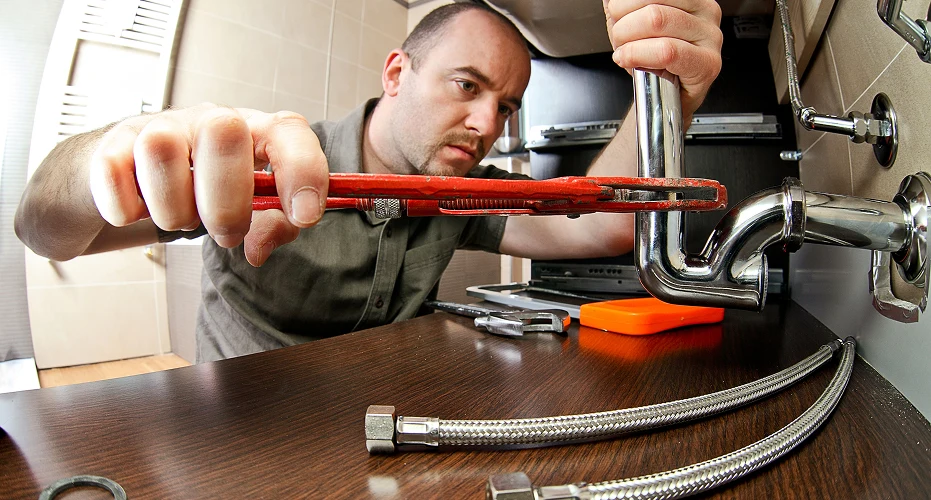
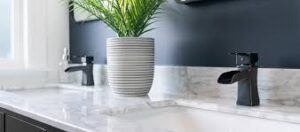 Plumbing systems are essential in delivering clean water to our homes and removing wastewater. However, outdated or inefficient plumbing systems can often lead to significant water loss. From leaky faucets to outdated toilets, inefficient plumbing fixtures are major contributors to water waste. Improving plumbing systems not only reduces the strain on water resources but also helps lower utility bills and reduces environmental impact.
Plumbing systems are essential in delivering clean water to our homes and removing wastewater. However, outdated or inefficient plumbing systems can often lead to significant water loss. From leaky faucets to outdated toilets, inefficient plumbing fixtures are major contributors to water waste. Improving plumbing systems not only reduces the strain on water resources but also helps lower utility bills and reduces environmental impact.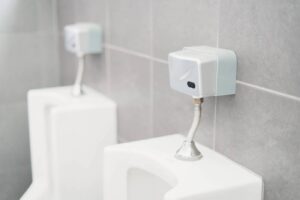 Another area where you can reduce water waste is through the use of water-efficient appliances. Dishwashers, washing machines, and water heaters are some of the largest consumers of water in the home. Older models often use more water than necessary, so upgrading to energy-efficient, water-saving versions can help conserve this vital resource.
Another area where you can reduce water waste is through the use of water-efficient appliances. Dishwashers, washing machines, and water heaters are some of the largest consumers of water in the home. Older models often use more water than necessary, so upgrading to energy-efficient, water-saving versions can help conserve this vital resource.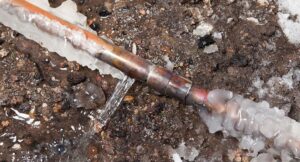 Cold weather is one of the most significant factors that can affect your plumbing system, especially in regions that experience freezing temperatures. When water freezes, it expands, and this can cause pipes to burst or crack. This is particularly problematic for exposed pipes, such as those in uninsulated attics, basements, or crawl spaces. Even pipes that are buried underground can be vulnerable in extreme cold.
Cold weather is one of the most significant factors that can affect your plumbing system, especially in regions that experience freezing temperatures. When water freezes, it expands, and this can cause pipes to burst or crack. This is particularly problematic for exposed pipes, such as those in uninsulated attics, basements, or crawl spaces. Even pipes that are buried underground can be vulnerable in extreme cold.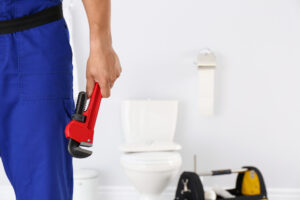 In addition to temperature and humidity, extreme weather events such as hurricanes, tornadoes, or heavy thunderstorms can cause significant damage to your plumbing system. High winds can uproot trees, which can fall on pipes, damaging both underground and above-ground plumbing systems. Tornadoes and storms can create sudden pressure on water lines, causing leaks or breaks.
In addition to temperature and humidity, extreme weather events such as hurricanes, tornadoes, or heavy thunderstorms can cause significant damage to your plumbing system. High winds can uproot trees, which can fall on pipes, damaging both underground and above-ground plumbing systems. Tornadoes and storms can create sudden pressure on water lines, causing leaks or breaks.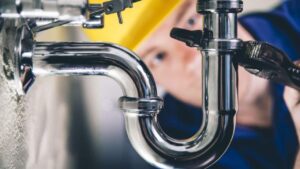 A plumbing emergency is any situation that poses a significant risk to your home’s plumbing system, structure, or health. These situations can involve broken pipes, severe leaks, or issues that disrupt daily activities, such as a clogged sewer line. Emergency plumbing services are typically needed when there is an immediate threat to your property or when a plumbing problem cannot wait for a scheduled appointment. Identifying the difference between a non-urgent issue and an emergency is key to knowing when it’s time to call in the experts.
A plumbing emergency is any situation that poses a significant risk to your home’s plumbing system, structure, or health. These situations can involve broken pipes, severe leaks, or issues that disrupt daily activities, such as a clogged sewer line. Emergency plumbing services are typically needed when there is an immediate threat to your property or when a plumbing problem cannot wait for a scheduled appointment. Identifying the difference between a non-urgent issue and an emergency is key to knowing when it’s time to call in the experts.
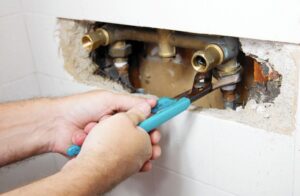 Plumbing maintenance is not just about fixing leaks or unclogging drains. It encompasses everything from inspecting your pipes, fixtures, and water heater to ensuring that your system is working efficiently and effectively. Much like maintaining a car, a well-maintained plumbing system operates smoothly, prevents sudden breakdowns, and extends its lifespan. Neglecting regular maintenance can lead to larger, more expensive issues down the road, such as pipe bursts, water damage, and high water bills.
Plumbing maintenance is not just about fixing leaks or unclogging drains. It encompasses everything from inspecting your pipes, fixtures, and water heater to ensuring that your system is working efficiently and effectively. Much like maintaining a car, a well-maintained plumbing system operates smoothly, prevents sudden breakdowns, and extends its lifespan. Neglecting regular maintenance can lead to larger, more expensive issues down the road, such as pipe bursts, water damage, and high water bills.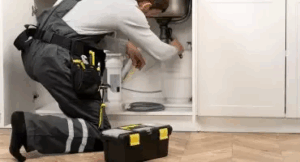 Regular plumbing maintenance minimizes the likelihood of such emergencies occurring. By identifying potential issues before they become urgent, plumbers can address small problems before they escalate. Regular inspections allow for proactive solutions, such as replacing a deteriorating pipe before it bursts or fixing a small leak before it causes extensive damage to walls or ceilings.
Regular plumbing maintenance minimizes the likelihood of such emergencies occurring. By identifying potential issues before they become urgent, plumbers can address small problems before they escalate. Regular inspections allow for proactive solutions, such as replacing a deteriorating pipe before it bursts or fixing a small leak before it causes extensive damage to walls or ceilings.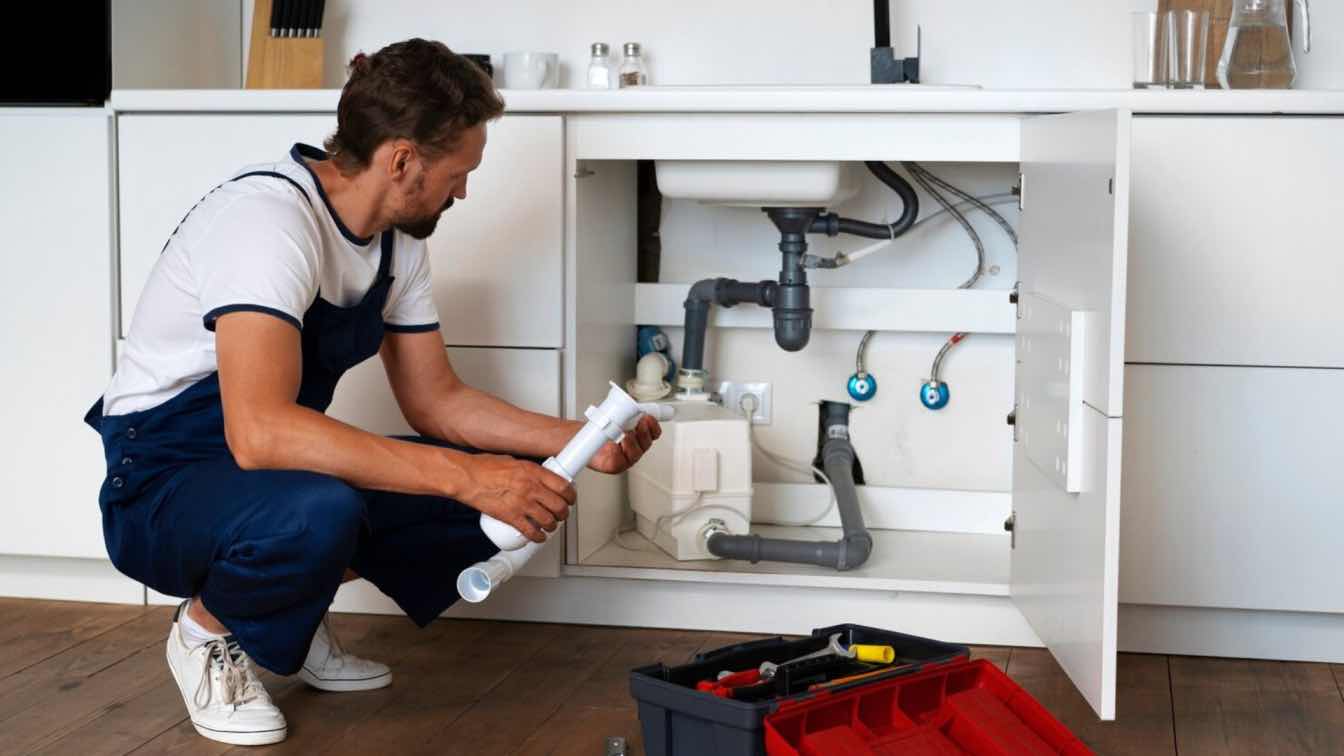 One of the most common signs that it’s time to replace your plumbing fixtures is persistent leaks and drips. While it’s normal for a faucet or showerhead to drip occasionally due to wear and tear, if you’re constantly dealing with leaks, it could be a sign that the fixture is nearing the end of its lifespan. Leaky faucets or showerheads waste water, and over time, this can lead to higher water bills. If tightening or replacing washers doesn’t resolve the issue, it’s likely time to replace the fixture entirely.
One of the most common signs that it’s time to replace your plumbing fixtures is persistent leaks and drips. While it’s normal for a faucet or showerhead to drip occasionally due to wear and tear, if you’re constantly dealing with leaks, it could be a sign that the fixture is nearing the end of its lifespan. Leaky faucets or showerheads waste water, and over time, this can lead to higher water bills. If tightening or replacing washers doesn’t resolve the issue, it’s likely time to replace the fixture entirely.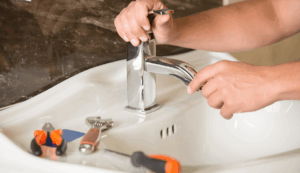 A faucet’s handle or lever is one of the most used parts of a plumbing fixture. If you notice that your faucet handles are cracked, stiff, or broken, it’s likely time for an upgrade. Even if the fixture still works, damaged handles can make it difficult to control the water flow and temperature. In some cases, it can also pose a safety risk, especially if the lever breaks off completely while you’re using the sink or shower.
A faucet’s handle or lever is one of the most used parts of a plumbing fixture. If you notice that your faucet handles are cracked, stiff, or broken, it’s likely time for an upgrade. Even if the fixture still works, damaged handles can make it difficult to control the water flow and temperature. In some cases, it can also pose a safety risk, especially if the lever breaks off completely while you’re using the sink or shower.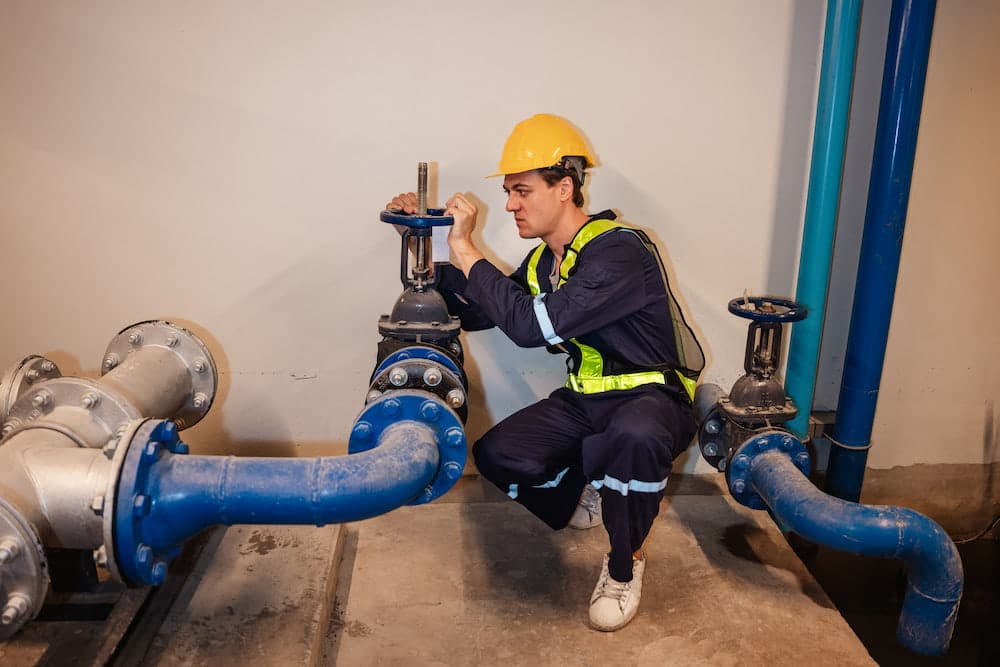
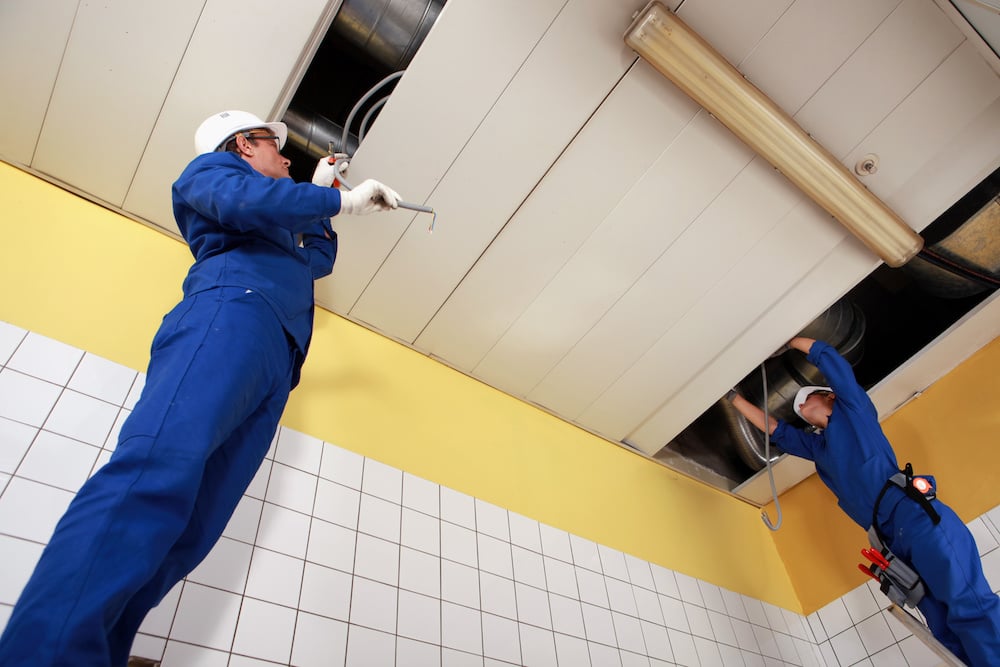 While not as common as other plumbing problems, gas leaks can occur in commercial properties, particularly in businesses that use gas-powered appliances, such as restaurants or manufacturing facilities. Gas leaks are dangerous and can pose serious health and safety risks, including fires or explosions.
While not as common as other plumbing problems, gas leaks can occur in commercial properties, particularly in businesses that use gas-powered appliances, such as restaurants or manufacturing facilities. Gas leaks are dangerous and can pose serious health and safety risks, including fires or explosions.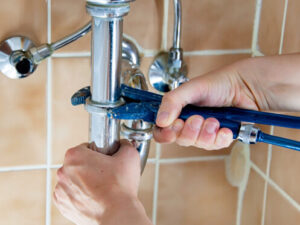 Just like any other system in your home, your plumbing system needs care and attention to function optimally. When you regularly maintain your plumbing, you’re addressing potential issues early, preventing them from escalating into expensive repairs. For example, small leaks, clogs, or pipe corrosion may seem minor, but they can lead to significant damage and higher costs if left unaddressed.
Just like any other system in your home, your plumbing system needs care and attention to function optimally. When you regularly maintain your plumbing, you’re addressing potential issues early, preventing them from escalating into expensive repairs. For example, small leaks, clogs, or pipe corrosion may seem minor, but they can lead to significant damage and higher costs if left unaddressed.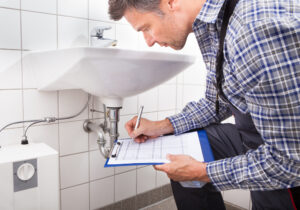 Plumbing systems, like any other part of your home, have a limited lifespan. Over time, pipes and fixtures can deteriorate due to constant use and environmental factors. However, with regular maintenance, you can significantly extend the lifespan of your plumbing system.
Plumbing systems, like any other part of your home, have a limited lifespan. Over time, pipes and fixtures can deteriorate due to constant use and environmental factors. However, with regular maintenance, you can significantly extend the lifespan of your plumbing system.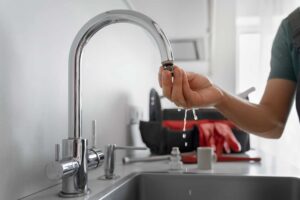 Water pressure is one of the most noticeable factors that can affect your bathroom experience. Low pressure can be frustrating, especially when you’re in the shower or using faucets for daily tasks. A high-pressure showerhead upgrade is a relatively simple and effective solution to enhance your water flow.
Water pressure is one of the most noticeable factors that can affect your bathroom experience. Low pressure can be frustrating, especially when you’re in the shower or using faucets for daily tasks. A high-pressure showerhead upgrade is a relatively simple and effective solution to enhance your water flow.